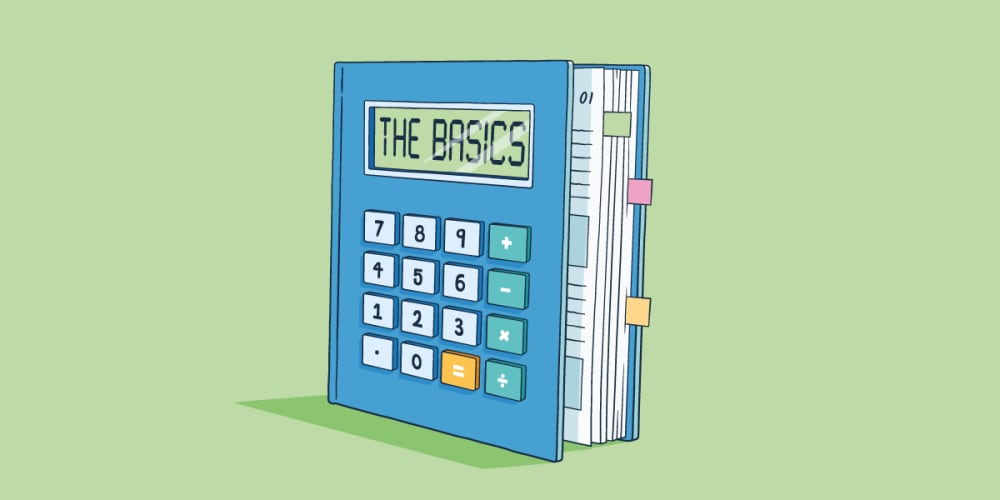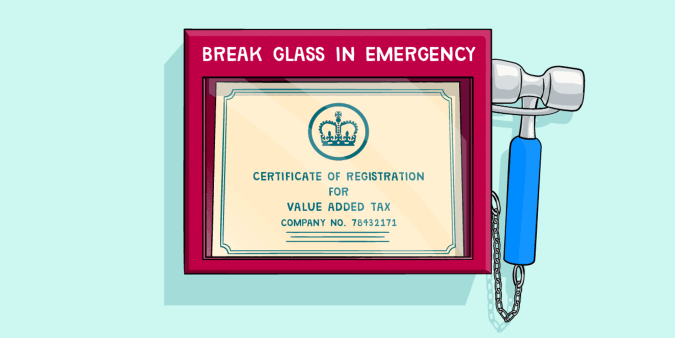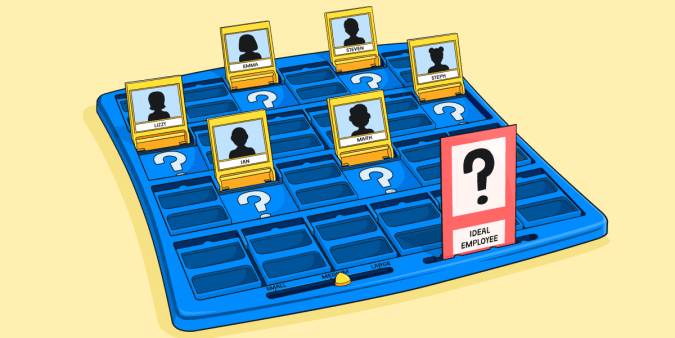Starting a business while still employed: tax 101

Ready to build your own business but keen to keep the stability of a salary? You can start your business while employed, whether you’re planning to run it as a side hustle or build it into a full-time job. If you’re thinking of starting your own small business, here’s a guide to the tax implications you’ll need to consider.
You must register with HMRC
No matter how small your business is, you may need to make sure HMRC knows about it. If you’re setting up as a sole trader, you’ll need to register with HMRC if you’re going to earn more than £1,000 a year in sales (before you take any costs off).
If you’re going to set up as a limited company, no matter how small your business will be, you’ll need to register with Companies House, which you can do directly, through an accountant, or through a specialised formation agent.
When registering with Companies House, you will register the company for Corporation Tax at the same time. If you have already registered with Companies House but you have not yet registered for Corporation Tax, you can do this separately. You should register within three months of starting to do business. You’ll also need to let HMRC know that you’re now subject to Self Assessment as a director, and if you want to take a salary from the company, or employ staff, you would need to register the company as an employer. Yes, that’s a lot of registering, but these should only take 10-15 minutes each if you come prepared.
You’ll need to file tax returns
If you’ve only ever earned money through an employer, you may never have needed to fill in a tax return. As a business owner, you’ll have to submit one every year.
Your tax return needs to include all of your taxable income, regardless of whether HMRC already knows about it, so you’ll need to fill in a set of Employment pages for your salary and any benefits you receive from your job.
If your business is a limited company, you’ll need to fill in another set of Employment pages for the salary your company pays you, including any benefits it provides to you (such as private medical care). The company may also need to take Income Tax and National Insurance contributions from your salary and pay these to HMRC. You will also need to file the company’s accounts and a Company Tax Return, when you receive a ‘Notice to Deliver a Tax Return’ from HMRC.
If you are a sole trader, you’ll need to fill in the Self Employment pages of your tax return as well. If you have more than one sole trade business, you’ll need to fill in Self Employment pages for each one.
You may get a second tax code
Your tax code tells your employer’s payroll software how much Income Tax to take off your wages under the PAYE scheme. HMRC tells your employer which tax code to use for you, depending on your individual circumstances.
If you’re running your business as a limited company and the company pays you a salary, you’ll get a second tax code from HMRC for this salary. Usually, your tax code on your existing job will reflect your Personal Allowance and your second tax code will not reflect any allowance.
If you’re running your own business as a sole trader and you only have one job, you’ll only have one tax code. As a sole trader, you pay tax on your business profits in your Self Assessment tax return rather than as a part of your wages, so your tax code won’t be affected unless you specifically ask HMRC to collect your tax through your tax code. You would do that when you file your tax return.
You’ll pay extra National Insurance contributions
As an employee, you will already pay class 1 employees’ National Insurance (NI) contributions on your wages from your job. These are deducted from your salary along with Income Tax, and your employer pays them to HMRC on your behalf.
If you’re employed by your own limited company, then you’ll also pay class 1 employees’ NI contributions on your wages from that company, once you earn above the primary threshold. The company will also have to pay additional employers’ NI contributions on wages above the secondary threshold.
If you’re a sole trader, you could pay two kinds of National Insurance:
- Firstly, you’ll usually have to pay a flat rate of class 2 NI contributions if your taxable income exceeds the Lower Profits Threshold (£11,908 for the year 2022/23, rising to £12,570 for the year 2023/24). If your profits are between the Small Profits Threshold (£6,725 for the year 2022/23 and 2023/24) and the Lower Profits Threshold, you do not have to pay class 2 NI contributions in order to keep your entitlement to State Pension and other state benefits. If your profits are below the Small Profits Threshold, you may choose to pay class 2 NI contributions voluntarily in order to keep your entitlement to these state benefits, though the amount will also depend on how much you’re paying in employee’s NI deducted from your wages. If you’re in any doubt, speak to HMRC or your accountant.
- You’ll also pay class 4 NI contributions on your business’s profits if your profits exceed £11,909 a year for the year 2022/23, or £12,570 for the year 2023/24.
Start your business with FreeAgent
From generating invoices to submitting your Self Assessment tax return on time, you can nail your business admin with FreeAgent. Take a 30-day free trial to find out how FreeAgent can help you relax about tax and remain compliant.
Originally published
Last updated
Disclaimer: The content included in this blog post is based on our understanding of tax law at the time of publication. It may be subject to change and may not be applicable to your circumstances, so should not be relied upon. You are responsible for complying with tax law and should seek independent advice if you require further information about the content included in this blog post. If you don't have an accountant, take a look at our directory to find a FreeAgent Practice Partner based in your local area.


